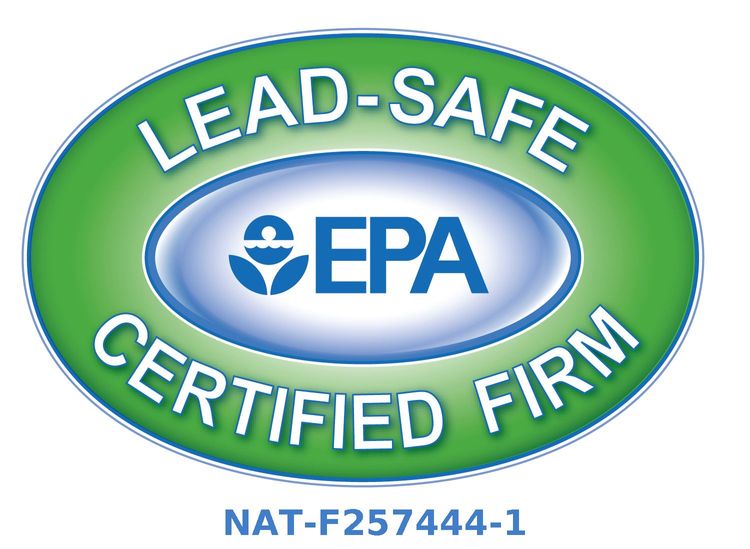Fast and Reliable Lead Dust Sampling Tests
EPA Certified Lead Dust Sampling Technician
Depend on our team of EPA Certified experts to address your lead inspection requirements.
Minimize the risk of lead dust inhalation and ingestion. Our Home Inspections service includes a thorough visual examination for deteriorated paint and lead paint dust sampling to identify potential lead presence. Prolonged exposure to lead is well-established as a health hazard and can result in lead poisoning. Older building paints may contain lead, utilized both as pigments and in primer paints. Deteriorated paint is broadly defined as chipping, chalking, cracking, peeling, and bubbling, which can expose lead paint used before 1978.
Stringent regulations from the EPA and HUD outline acceptable levels of lead dust, ensuring safety for you, your family, and tenants.
We specialize in testing properties to verify that lead dust levels fall within the approved ranges, safeguarding the well-being of all occupants
Landlords and Homeowners: How do you know if you need a lead inspection?
Landlords
As of October 1st, 2020, The City of Philadelphia enforced a Rental Property and Lead Certification Law. The law requires that Landlords located in Philadelphia (and Norristown, PA) are required to test and certify their rental properties as lead-safe or lead-free. (Applies to residential properties built before 1978).
Certification is required in order to:
- Receive new or renewed rental licenses
- Execute a new or renewed lease
Homeowners
- When buying a home, federal law allows the purchaser the opportunity to conduct testing to determine whether lead-based paint or lead-based paint hazards are present. This is especially important if you have (or plan to have) young children in the home.
- Your child has been diagnosed as having lead poisoning. The most common home-based source of lead exposure is deteriorating lead-based paint and the resulting dust.
Is Your Home Safe?
Millions of homes still harbor lead-based paint, typically beneath more recent paint layers. As long as the paint remains intact, the presence of lead-based paint usually poses no issue. However, when the lead-based paint deteriorates, displaying signs like peeling, chipping, chalking, cracking, damage, or dampness, it becomes a hazard requiring immediate attention. Lead-based paint can also pose a risk when present on surfaces prone to wear-and-tear or potential chewing by children, including:
- Windows and window sills;
- Doors and door frames; and
- Stairs, railings, banisters, and porches.
Who is Qualified to Complete your Lead-Safe Certificate?
The certificate must be completed by an EPA certified lead dust sampling technician or a PA licensed lead inspector-risk assessor.

What Steps Should you Take if your Property is not Lead-Safe?
1. Results
After your dust-sampling test has been conducted, our technician will send you a report indicating whether your property falls within safe lead levels. If safe, skip to step four.
2. Remediation or Abatement
Remediation involves bringing your home up to lead safety standards by mitigating associated health risks. Abatement involves permanently removing lead from your home. Whichever approach you use, its best to hire a lead-safe certified contractor.
3. Re-Test
Once your property has been remediated or abated, our lead-safe technician will conduct a follow-up dust sampling test at a major discount.
4. Lead-Safe Certified
After receiving a lead certification, landlords should submit the results to the City’s Lead Certification Submission System.